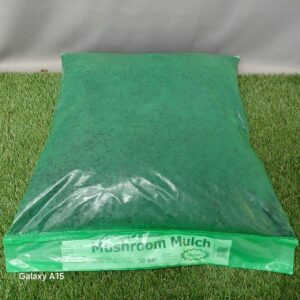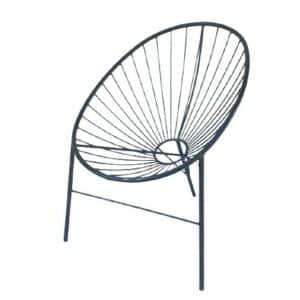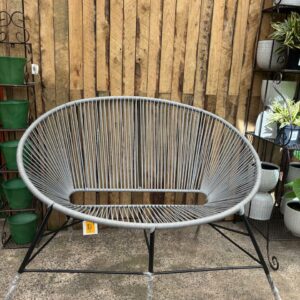Indoor plants: Palm care
Indoor plant tips
Elegant, happy in low light and easy to care for, tropical palms look great in clean, simple containers that show off their architectural forms. Use them as focal plants, or as the backdrop for a group of indoor pots. Palms also make a good foil for exotic blooms and most are happy to spend the summer outside, lending a hint of the tropics to a warm, sheltered patio.
The Parlor Palm, Chamaedora elegans, is a relatively easy house plant to grow and well suited to indoor life. It is an upright plant that rarely reaches over 1.2m. The compact growth and easy care makes it the ideal house plant for filtered light. Popular in homes since Victorian times, and known by a number of common names, including parlor and table-top palm, this bushy plant is still widely grown for its exotic appearance and long fronds of shiny green leaves. Small specimens can be used to brighten up shelves or gaps in bookcases, while larger plants are ideal for livening up a shady corner or as focal points where their attractive fronds are on show. Plants are fairly slow growing, so buy a plant in a size that matches your space.
Popular in homes since Victorian times, and known by a number of common names, including parlor and table-top palm, this bushy plant is still widely grown for its exotic appearance and long fronds of shiny green leaves. Small specimens can be used to brighten up shelves or gaps in bookcases, while larger plants are ideal for livening up a shady corner or as focal points where their attractive fronds are on show. Plants are fairly slow growing, so buy a plant of a size that matches your space.
One of this plant’s charms is that it is relatively undemanding. Water it regularly while in growth, keeping the compost on the moist side, but allow it to dry out between each watering in the winter. Feed your parlor palm every month during the spring and summer with a balanced liquid feed to keep the foliage lush and healthy.
If the tips of fronds turn brown, you probably need to raise the humidity around the palm. Spray plants regularly with a mister or sponge the leaves as this also helps to remove any dirt. Conversely, this type of damage can be caused by root rot due to overwatering, so check that the bottom of the container is not filled with water. Brown leaves are sometimes the result of scorching; keep parlor palms in a cool, shady spot away from the midday sun.
Sago palms
Despite its ferny appearance, this slow-growing palm has tough fronds with spine-tipped leaves and is best placed where you will not accidentally snag your clothes as you brush past. It likes bright light, but not direct sun, making it ideal for a partially shaded area in a sun room. Young plants have a bushy appearance, but over time the sago palm forms a distinctive trunk, causing it to resemble a tree fern.
Although these palms like moist compost, be careful not to overwater them or the leaves may turn an unsightly yellow. Also, reduce watering in the winter when temperatures fall. Avoid changing the position of sago palms when new growth appears in spring; as the fronds unfurl they follow the sun, so moving plants around at this time can result in palms with crooked stems and an unbalanced shape.
Fan palms
Dramatic fans of glossy leaves carried on upright stems make this clump-forming palm a real eye-catcher. It hails from subtropical East Asia and looks stunning in an ornate, Asian-style container. They are easy to grow and thrive in the shade of a north-facing room and enjoy some time outdoors in the summer, as long as they are brought in again long before the temperatures plummet. Keep plants well watered during the growing season, but reduce moisture levels in the winter. Also mist the foliage every week to increase humidity. There are dozens of cultivars that are highly prized by collectors. Many are attractively variegated, including Taiheinishiki, which has boldly striped yellow and green leaves, and Variegata, with white-striped foliage. For a smaller form, try Zuikonishiki, which grows to just 60cm in height and has yellow, variegated leaves.
You might also like
Shop online
-
HAMSTER WHEEL
- R79.99
- Add to cart Learn More
-
LOUNGER POD 92X68.5X87CM
- R1,764.99
- Add to cart Learn More
-
2 SEATER POD LOUNGER STRING
- R3,779.99
- Select options This product has multiple variants. The options may be chosen on the product page Learn More




